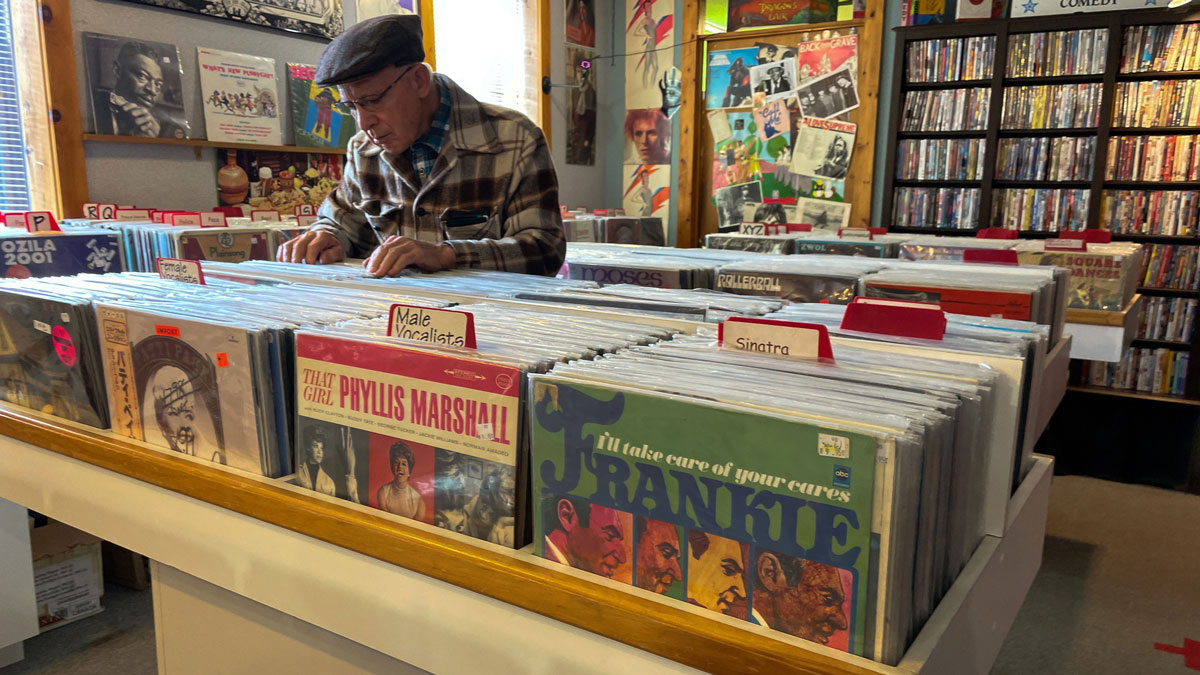Have you ever experienced tingling, shivers, or goosebumps when listening to your favourite song?
Researchers have recently found evidence that these musical “chills” – linked to sudden emotions or heightened attention – may explain why preferred music can lessen pain better than other relaxing tracks.
“When we are talking about different types of favourite music, it is not the quality of music exactly. It is the emotional response to it,” said Darius Valevicius, the lead researcher on the experimental study, published in Frontiers in Pain Research.
Valevicius and his colleagues at the Roy Pain Lab at McGill University tested how different types of seven-minute musical excerpts reduced pain intensity and unpleasantness in 63 participants exposed to heat from a probe on the inner forearm. The applied heat, researchers say, was similar to a hot cup of coffee pressed against the skin.
When asked to rate the the pleasantness, emotional arousal and the number of “chills,” researchers found that “chills” reduced pain intensity in half of the participants. Subjects who reported having a bittersweet or moving experience saw the most significant reduction in pain.
Dr. Joel Katz, who holds the Canada Research Chair in Health Psychology at York University, said pursuing an understanding of how music can impact pain “given how challenging it is to find effective treatments for people with chronic pain,” is worth pursuing.

“The advantage of experimental studies like this one is that one can try to tease apart effects and try to determine the mechanisms underlying an effect,” said Katz in an email statement.
However, he said, the level of pain reduction from the music in the study was relatively small and likely “not clinically significant” for intensity and only “bordering on clinically significant” for pain unpleasantness.
In the McGill study, compared with silence or scrambled sound, participants listening to favourite tracks rated the pain as less intense by about four points on a 100-point scale and less unpleasant by around nine points. Pre-selected relaxing music did not produce a similar effect, but researchers say it may have needed to be played longer.
More testing
The suggestion that chills are connected to observed hypoalgesia — reduced pain sensitivity — is novel, said Katz, and could be tested more in the ‘real’ world.
“If the authors are correct and the experience of ‘chills’ when listening to one’s favourite music is in some way related to lower pain, then it would be interesting to test this out in people undergoing clinical procedures that we know cause pain,” said Katz.
For the findings of future studies to be compelling, researchers say work must be done to pinpoint why music affects pain and the types of pain it targets.


According to Dr. Micheal Thaut, the Canada Research Chair Tier I in music, neuroscience and health at the University of Toronto, what happens in a lab with artificially induced pain to healthy people and how they respond to music is very different compared to a person who suffers from more natural pain due to a chronic condition.
As such, Thaut said, the biggest problem is that future research has “to systematically research music applications lined up with different types of pain.”
“Pain is very different. There are different types of pain, there are different types of causes, they have very different effects, and probably need to be treated with very different kinds of specific stimuli,” said Thaut. “So if somebody says, I have music that helps with all these different types of pain, that’s certainly not correct.”
Nonetheless, Thaut said there are still no known mechanisms supporting the idea that music perception can directly affect pain at its source. Instead, the most prevalent theories on why music lowers pain are that it can redirect attention from the channels of the brain that perceive pain.
“If you turn on a very pleasurable attention channel with the music, it may actually sort of mask some of the other attention channels that may be engaged in the pain perception,” he said.
He was not alone in his perception that the distractive tendencies of music need to be better measured.
Katz said that people are typically anxious when participating in studies like these, and there is a known correlation between pain and anxiety where anxiety can even increase pain.
“My sense is that the favourite music tracks probably helped to reduce this anxiety through a mechanism involving familiarity (like having a favourite stuffed animal accompany a child to the doctor’s office) and safety,” said Katz. “I would like to have seen some measure of state anxiety before and after the tracks were listened to.”
Although confident in its results, Valevicius agreed that several aspects of the research could benefit from being explored further, from taking a deeper look into what musical chills are and why they affect pain to even replicating the experiment with a more extensive study size to “confirm that moving or bittersweet music is more effective at reducing pain.”




